26
mayo7 Ridiculously Simple Ways To Improve Your Betonred
Hematite (Fe2O3) is another common iron oxide that exhibits a reddish hue. The specific type of iron oxide formed depends on the pH, temperature, and the presence of other ions in the environment. Lepidocrocite (γ-FeO(OH)) is often associated with the early stages of corrosion and can appear as an orange or reddish-brown stain. Goethite (α-FeO(OH)) is a more stable form of hydrated iron oxide and can contribute to a more persistent discoloration.
Betonred is employed primarily for aesthetic purposes, offering a visually appealing alternative to conventional gray concrete in a variety of applications. This distinct coloration isn't inherent to standard concrete formulations; instead, it's achieved through the incorporation of pigments, typically iron oxides, during the mixing process. This article delves into the properties, uses, advantages, disadvantages, and best practices associated with betonred, providing a comprehensive understanding of this specialized material. Betonred, often misspelled as "beton red," refers to a specific type of concrete characterized by its reddish hue.
While it shares similarities with traditional concrete, Betonred distinguishes itself through its composition, manufacturing process, and performance characteristics. Betonred, a relatively new entrant in the construction materials market, is gaining traction for its unique properties and potential applications. This article delves into the specifics of Betonred, exploring its ingredients, production methods, advantages, disadvantages, and current and potential uses.
Portland Cement: The binding agent that hydrates and hardens, creating the concrete matrix. White Portland cement is often preferred for lighter, brighter colors as it doesn't impart the greyish tone associated with standard grey cement.
Aggregates: These are inert materials, such as sand and gravel, that make up the bulk of the concrete mix. The type of cement used can significantly impact the final color of the Betonred. The selection of pigments is crucial for achieving the desired aesthetic and ensuring long-term colorfastness. Common pigment types include:
Iron Oxides: These are the most widely used pigments, offering a range of earthy tones like reds, browns, yellows, and blacks. They are relatively inexpensive and provide excellent UV resistance.
Titanium Dioxide: This white pigment is used to lighten other colors or create pure white Betonred.
Chromium Oxides: These pigments produce green hues.
Cobalt Oxides: These pigments offer blue shades.
Admixtures: These are optional components added to the concrete mix to modify its properties. High-quality pigments are UV-resistant and chemically stable, preventing fading or discoloration over time. The type, size, and color of the aggregates can influence the overall appearance and texture of the Betonred. Air-entraining agents are also commonly used to improve freeze-thaw resistance, particularly in colder climates. Superplasticizers are frequently used to increase workability without adding excess water, leading to a stronger and more durable Betonred. Admixtures can improve workability, accelerate or retard setting time, enhance durability, or reduce water demand. Lighter-colored aggregates are generally favored to minimize their impact on the chosen pigment's hue.
Water: Essential for the hydration process of the cement, water quality and quantity directly influence the strength and workability of the Betonred mix.
Pigments: These are finely ground, insoluble particles that provide the desired color.
However, unlike conventional concrete, Betonred often incorporates a meticulously selected combination of supplementary cementitious materials (SCMs), aggregates, and chemical admixtures tailored to achieve specific performance goals. At its core, Betonred is a cementitious composite material, meaning it's based on cement as a primary binder.
Inhibiting Metastasis: Metastasis, the spread of cancer cells to distant sites, is a major cause of cancer-related deaths. Betonred may possess anti-metastatic properties by inhibiting the ability of cancer cells to detach from the primary tumor, invade surrounding tissues, and establish new colonies at distant sites. This could be achieved by targeting proteins involved in cell adhesion, migration, or extracellular matrix degradation.
Preliminary results suggest that Betonred is generally well-tolerated, with manageable side effects.
Evidence of Efficacy: While early trials are not designed to definitively demonstrate efficacy, some patients have shown signs of tumor regression or stabilization. Safety and Tolerability: Initial clinical trials are primarily focused on assessing the safety and tolerability of Betonred in humans. These encouraging results warrant further investigation in larger, controlled clinical trials.
This targeted approach could disrupt signaling pathways essential for cancer cell survival, proliferation, and metastasis. For example, it might target proteins involved in cell cycle regulation, DNA repair, or angiogenesis (the formation of new blood vessels that feed tumors). Targeting Cancer-Specific Proteins: betonred (https://git.jerl.dev/) might selectively bind to and inhibit proteins that are overexpressed or mutated in cancer cells but are less critical for normal cell function.


Reseñas